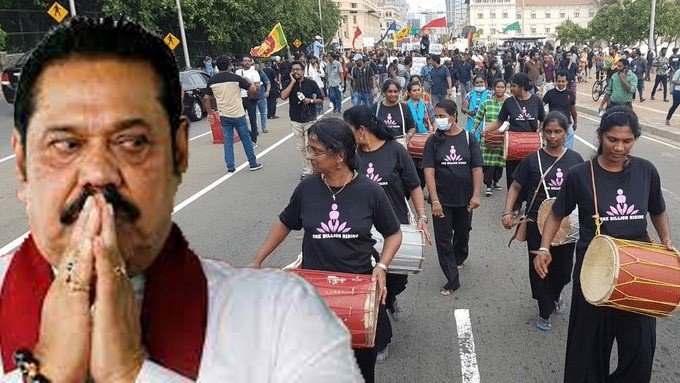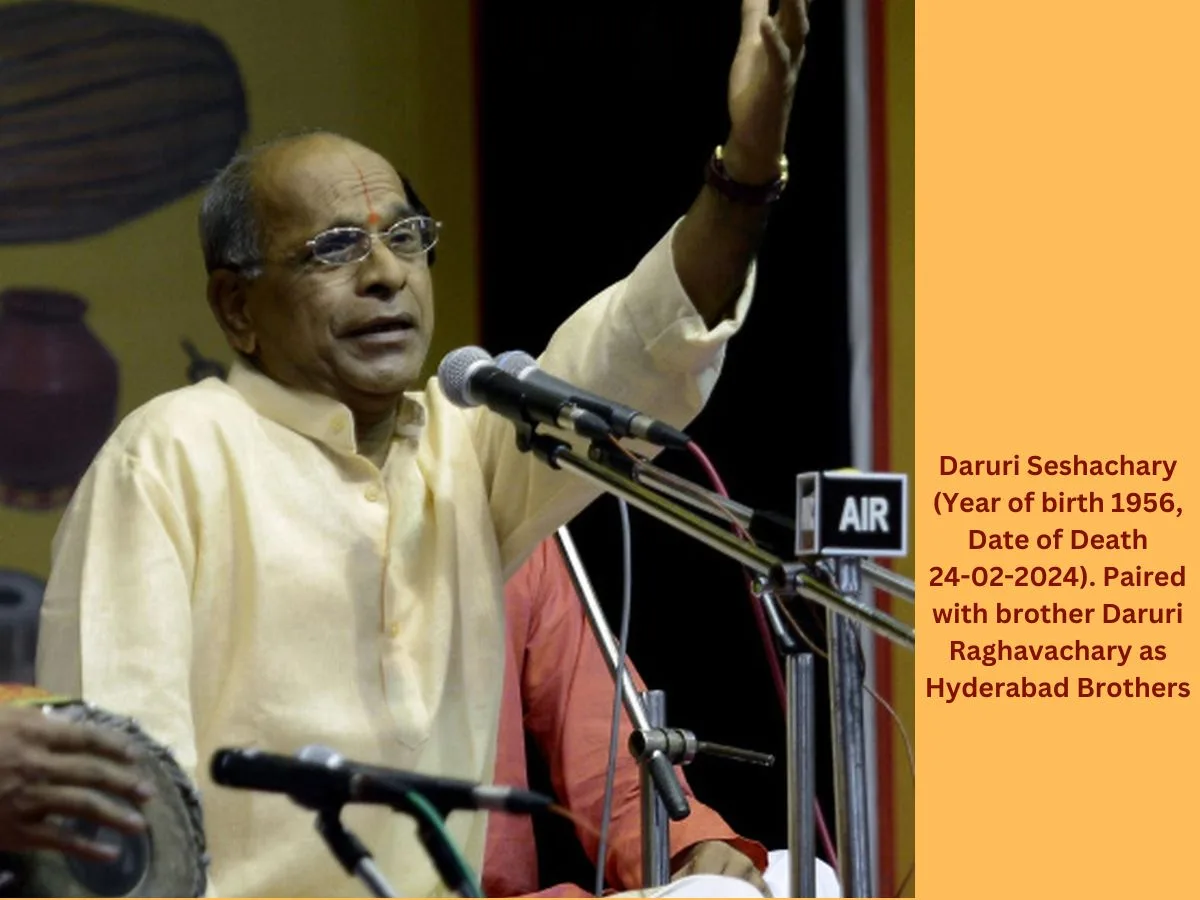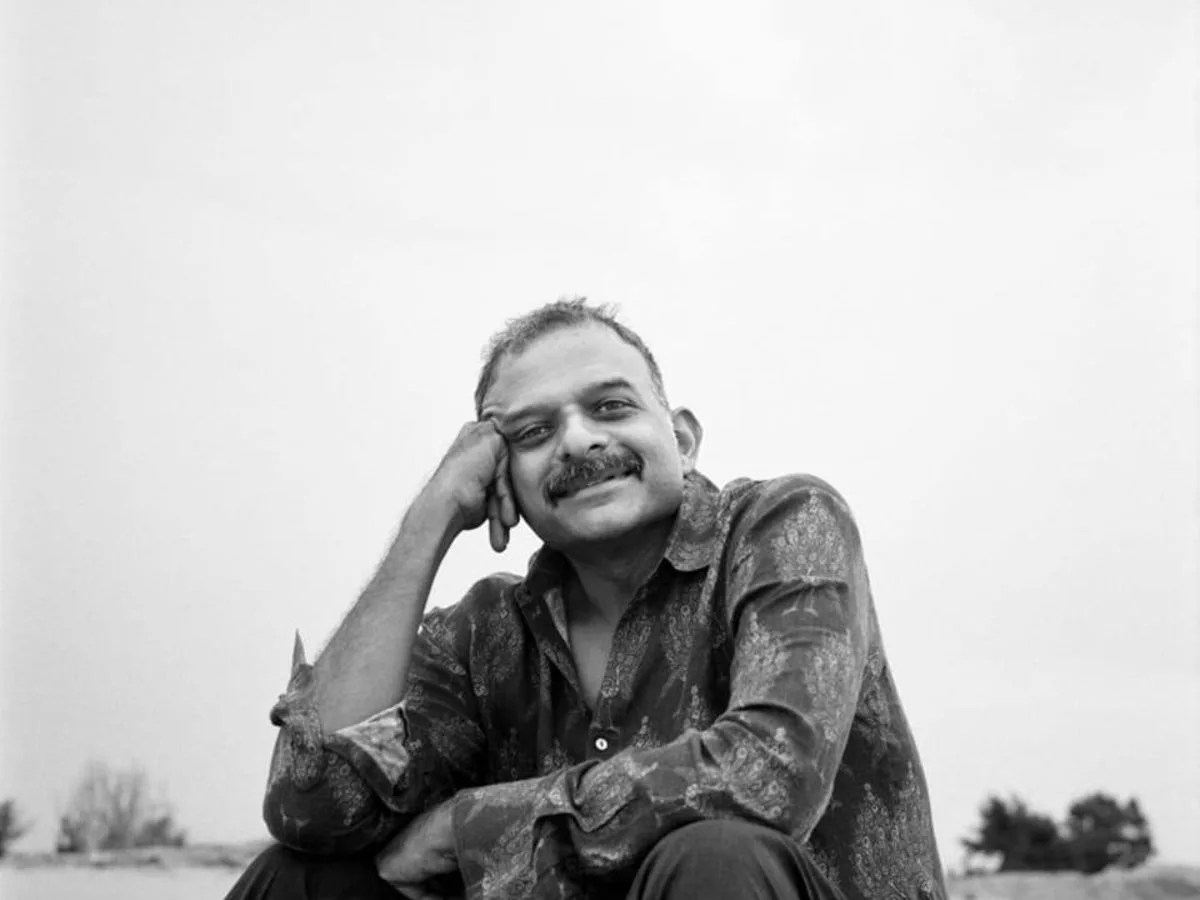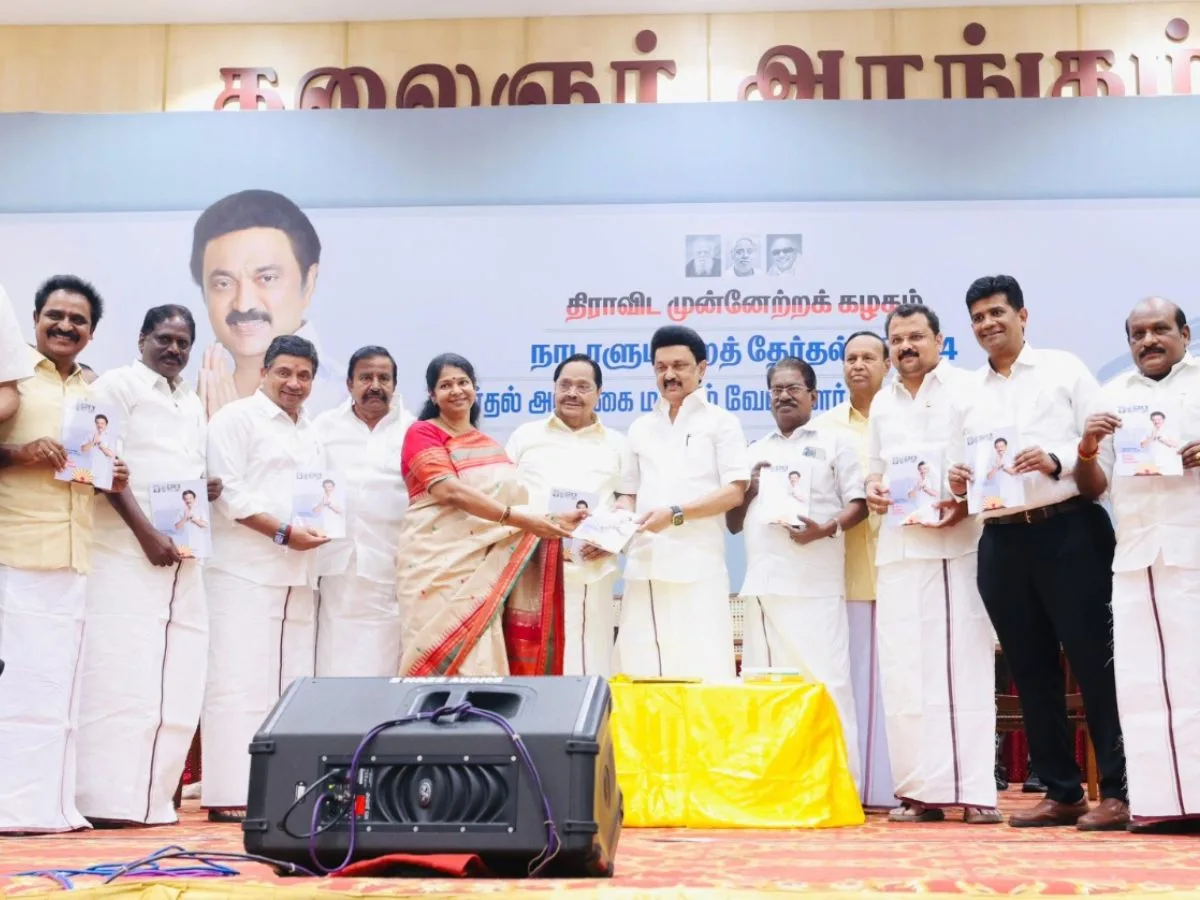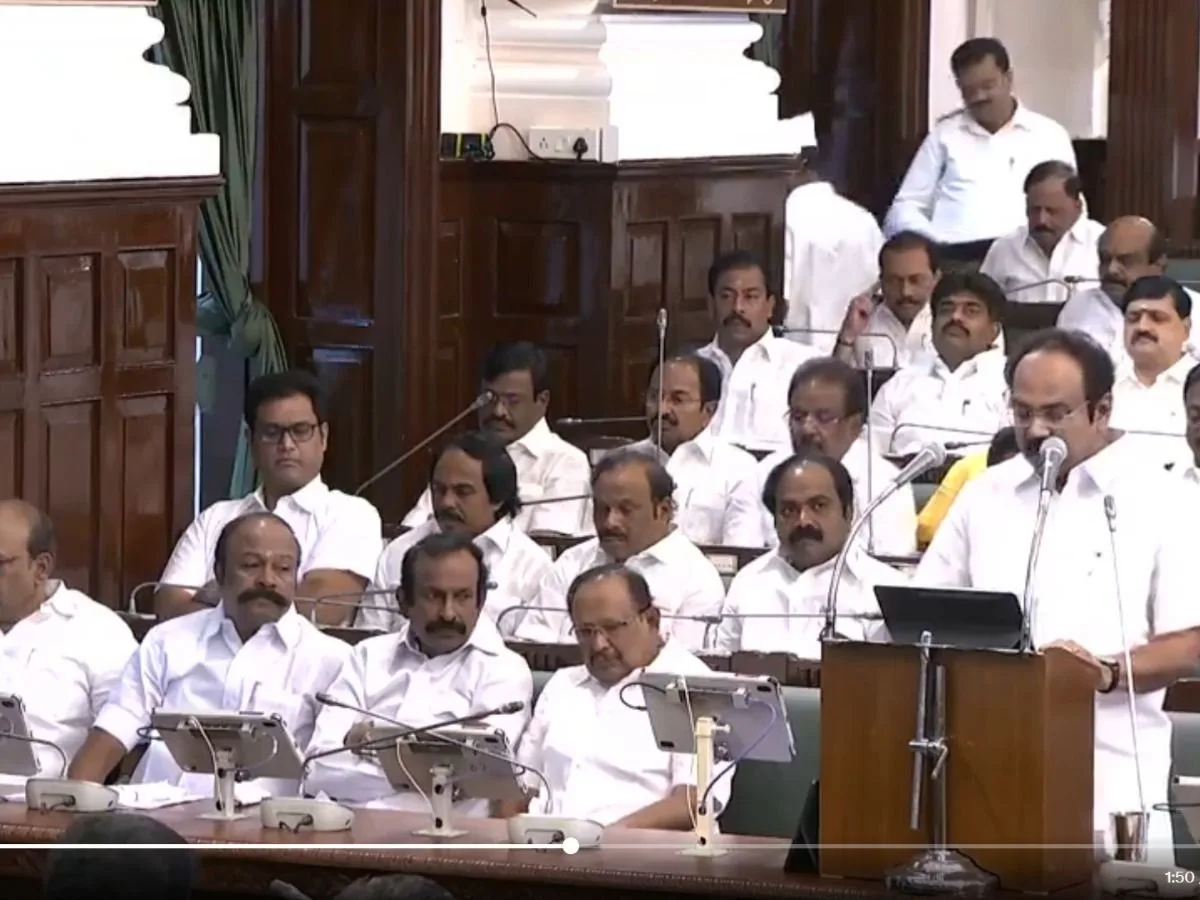Read in : தமிழ்
In Sri Lanka, known for violent uprisings put down by brutal government crackdowns, the power of non-violent protests proved its mettle today [May 9] when Sri Lanka’s beleaguered Prime Minster Mahinda Rajapaksa finally caved into the nation’s demand and resigned from office, a short while ago.
Rajapaksa’s ouster was precipitated when a group of his supporters met him at his official residence, Temple Trees, today and thereafter went on a rampage attacking the anti-government, nonviolent protesters at the main protest site, ‘GotaGoGama’ on Galle Face Green. Over forty people, attacked by the pro-Rajapaksa supporters, were hospitalised. A ruling party MP was reportedly killed after he opened fire on protesters injuring them, after which he took refuge in a building.
Both Rajapaksa brothers – Prime Minster Mahinda Rajapaksa and President Gotabaya Rajapaksa – have been under increasing pressure by an angry nation to step down after their misrule bankrupted the country. However, both ignored the calls with Mahinda Rajapaksa stubbornly refusing to quit.
Non-violent protests are rare, if not alien, to Sri Lanka. The nation has known gory armed conflicts with two ferociously fought insurrections in the early 70s and late 80s coupled with a 30-year ferocious civil war. Thus, the nonviolent protests in Sri Lanka as we are witnessing today has mind-boggled many. This time round, there are no lethal weapons, no dead bodies and no grounds soaked in blood.
The Sri Lanka police appear to have been caught off guard. They are treading on unfamiliar territory. With one life of a protester already lost at the hands of a trigger-happy cop, the police force is walking a fine line between maintaining law and order and provoking angry but thus far disciplined protesters. The masterminds behind Sri Lanka’s first nonviolent uprising have obviously done their research and laid the perfect ground for a mass island-wide protest that has now reached beyond the shores of Sri Lanka.

Sinhala-Tamil new year celebration at the “GotaGoGama” protest site in Galle Face Green in Colombo (Photo credit: Twitter handle @gobi243, Gobinath)
Research shows that nonviolent civil resistance is far more effective in creating broad-based change than violent revolutions, as it attracts wider participation by those reluctant to take up weapons. Hence, there is a larger and diverse participation in the Sri Lanka, able to be sustained over a longer period of time than an armed uprising.
A notable feature of the current non-violent Sri Lanka protests is how the protesters – mostly made up of Gen-Z youth – are attempting to woo the security forces. A case in point was when a young Sri Lankan girl offered a rose to police officers who were manning the barricade leading to the heavily guarded Sri Lanka Parliament.
Winning the sympathy and support of the police and security forces and wooing them on to their side is important to the protesters. This was amply exemplified when a group of young protesters managed to make a police officer cry when they told him, “You are like a father to us,” and explained to him that it is young people like them who are most likely the same age as their own kids who are fighting for a better tomorrow. The youngsters appealed to the police officers to support their cause and join them, rather than using force on them.
Winning the sympathy and support of the police and security forces and wooing them on to their side is important to the protesters
A one-up for the protesters was when a police officer became vocal and spoke out on the crisis in the country and appealed to fellow police officers and tri-forces, not to defend those at fault; referring to the President, Prime Minister and the government. Besides the security forces, there are others too – private business enterprises, popular artists, public sector and media – that have been successfully wooed on to the side of the nonviolent protesters.
On 28 April, millions of Sri Lankan workers held a nationwide general strike demanding the resignation of President Gotabaya Rajapaksa and the government, controlled by his powerful family. Banks closed, businesses put down shutters and public transport came to a grinding halt. Almost a thousand trade unions across the country called for the strike action with workers from both public and private sectors complying. This was the first general strike that brought the country of 22 million to a near complete standstill since mass protests began.
Riding on the unprecedented success of the strike action, the striking trade unions threatened to stage a mass hartal on 6 May, as a final warning to President Gotabaya Rajapaksa and the government, if they had not understood the message of the 24-hour token strike, requesting the President and the government to step down, immediately. Besides the continuous countrywide chants demanding the President, the Prime Minister and the government to step down, the protesters have also been using art forms as their ‘weapons’ of dissent.
A fortnight after the ‘GotaGoGama’ protest site – translates into ‘Gota Go Village’ – was set up on a section of Galle Face Green, it became ‘the place’ for people to vent their anger and frustration at the incumbent President and government, themselves through art, music, song and dance. Subsequently, ‘GotaGoGama’ branches have sprouted countrywide, as well as in foreign democratic countries where large concentrations of Sri Lankan diaspora are domiciled.
Besides the continuous countrywide chants demanding the President, the Prime Minister and the government to step down, the protesters are also using art forms as their ‘weapons’ of dissent.
At ‘GotaGoGama’ in Colombo, volunteers ensure the protesters are well fed and hydrated, free of charge. Many have set up tents with mobile toilets and have been living on the protest site almost from day one. Muslims who were fasting broke fast at ‘GotaGoGama’ along with fellow protesters of all races and religions.
The national anthem is being sung in both Sinhala and Tamil, throwing egg in the face of the racist ruling Rajapaksas who introduced a de-facto ban on Sri Lanka’s national anthem being sung in Tamil at official events.
Professional dancers, percussionists and musicians perform the traditional Sinhalese exorcism ritual – 18 Sanniya made up of 18 dances, each depicting a particular illness or ailment affecting humans – at numerous protest sites. The ritual is this time performed, to heal the patient – Mother Lanka.
Art is a key factor at ‘GotaGoGama’. Murals depicting environmental destruction attributed to the incumbent regime and portraits of murder victims, especially journalists who were murdered and ‘disappeared’ during Mahinda Rajapaksa’s Presidency, take pride of place along with satirical music, poetry and art pieces.
The visibly exhausted but persistent protesters say, they will not give up until their demands are met, “We won’t go home, until till they do.”
Read in : தமிழ்
